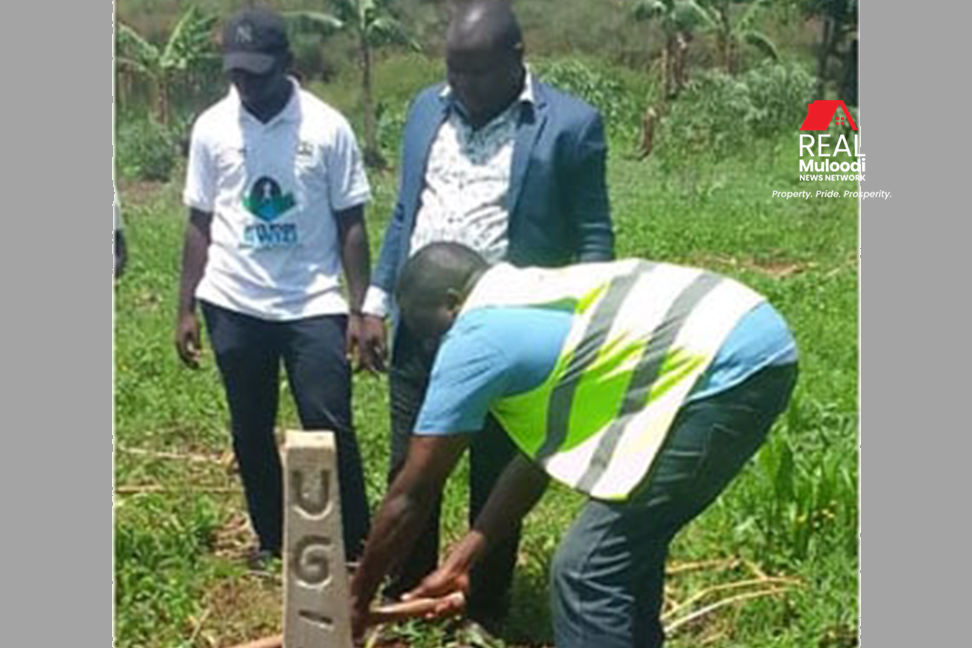UGANDA, Kayunga | Real Muloodi News | Residents of Nazigo Sub-county in Kayunga District have raised objections to the recent government demarcations around the Ssezibwa Wetland, alleging that the process has encroached upon their land.
The demarcation, conducted by officials from the Ministry of Water and Environment, aimed to delineate boundaries around the wetland to facilitate its restoration and conservation efforts.
During a sensitisation meeting organised by Mr. Deo Kabaalu, the senior wetlands officer at the Ministry of Water and Environment, residents voiced their concerns regarding the demarcation exercise.
Mr. Fred Kizito, one of the affected landowners, expressed dismay, stating, “The pillars were erected within our pieces of land.”
The demarcation initiative seeks to address the degradation of the Ssezibwa Wetland, which spans across the districts of Mukono, Kayunga, and Nakasongola.
Encroachment and illegal land use activities, including cultivation, have significantly impacted the wetland’s ecosystem, prompting government intervention.
Despite efforts by authorities to enforce eviction notices and restore the wetland, some residents remain resistant.
Mr. Benard Ssekiziyivu, the chairperson of Kisoga Village, highlighted the discontent among affected landowners, advocating for a revision of the demarcation and a reduction in the buffer zone from 30 meters to 20 meters.
Echoing similar sentiments, Mr Sam Lumu emphasised the need for compensation if the buffer zone size remains unchanged.
However, Mr Kabaalu reiterated the legality of the 30-meter buffer zone, emphasising that affected landowners still retain ownership rights within this demarcated area.
“We cannot negotiate reducing the size of the 30-meter buffer zone because it is within the law,” stated Mr. Kabaalu.
He clarified that while activities detrimental to the environment are prohibited within the buffer zone, landowners can engage in environmentally sustainable practices such as beekeeping and tree cultivation.
Furthermore, Mr. Patrick Musaazi, the Kayunga District natural resources officer, underscored the government’s commitment to restoring the Ssezibwa Wetland.
Efforts include the removal of ditches dug by encroachers to facilitate unimpeded water flow in rivers such as Mayanja and Ssezibwa.
The encroachment issue is not new to the Ssezibwa Wetland, as past attempts to protect the area have been met with resistance.
In 2016, protests erupted over proposed land allocations within the wetland, prompting intervention from the Uganda Lands Commission.
President Museveni’s directive in 2019 emphasised the need to vacate lakeshores and river banks to mitigate environmental degradation.
Uganda’s wetland laws, outlined in Section 36 of the National Environment Act, aim to safeguard these vital ecosystems.
Despite legislative protections, wetland coverage in Uganda has declined to 8 per cent, posing challenges to agricultural productivity and exacerbating climate-related risks.
Conservation experts stress the importance of preserving wetlands to mitigate the adverse effects of climate change, emphasising their role in regulating water flow and supporting biodiversity.
READ MORE LIKE THIS:



